Apple Inks Deal With Volkswagen for Self-Driving Employee Shuttles
Apple has signed a deal with Volkswagen to use Volkswagen vans as self-driving shuttles designed to transport employees around its various campuses and office buildings in the San Francisco Bay Area, reports The New York Times.
Apple has been working on developing the shuttle program, called "PAIL" or Palo Alto to Infinite Loop, since last summer. At the time news of Apple's work on the program first surfaced, the company was said to be planning to install its own self-driving software in a commercial vehicle from an automaker, which has turned out to be Volkswagen.
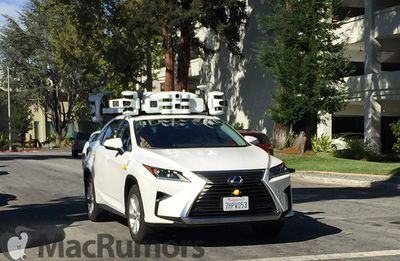
One of the Lexus SUVs Apple uses to test its autonomous driving software
Under the terms of the deal, T6 Transporter vans from Volkswagen will be turned into self-driving shuttles for employees.
Apple's self-driving shuttle program is said to be behind schedule and "consuming nearly all of the Apple car team's attention," hinting at ongoing problems on its car-related project, which has already been scaled back.
Apple originally had grander plans for autonomous vehicles and over the course of the past several years, attempted to ink deals with companies like BMW and Mercedes-Benz, which would have led to the development of an all-electric autonomous vehicle.
According to today's report, no deal was able to be established because Apple was asking potential partner companies to "hand over control" of data and design, something no car manufacturer was prepared to do.
When its grandiose self-driving vehicle plans fell through, Apple shifted focus to autonomous driving software under the leadership of Bob Mansfield.
Apple is now working on its shuttle program and has been testing several Lexus SUVs equipped with self-driving hardware and software out on the streets of Cupertino and surrounding areas. Beyond the shuttle plan, Apple is said to have no clear idea of what it's going to do with its autonomous driving project.
Popular Stories
iOS 17.2 has been in beta testing for over a month, and it should be released to all users in a few more weeks. The software update includes many new features and changes for iPhones, including the dozen that we have highlighted below. iOS 17.2 is expected to be released to the public in mid-December. To learn about even more features coming in the update, check out our full list. Journal ...
Unidentified governments are surveilling smartphone users by tracking push notifications that move through Google's and Apple's servers, a US senator warned on Wednesday (via Reuters). In a letter to the Department of Justice, Senator Ron Wyden said foreign officials were demanding the data from the tech giants to track smartphones. The traffic flowing from apps that send push notifications...
Apple today released new firmware update for both the Lightning and USB-C versions of the AirPods Pro 2. The new firmware is version 6B34, up from the 6B32 firmware introduced in November. Apple does not provide details on what features might be included in the refreshed firmware beyond "bug fixes and other improvements," so it is unclear what's new in the update, but prior software releases ...
The iOS 17.2 update that Apple is set to release to the public in the near future will bring support for the next-generation Qi2 wireless charging standard to the iPhone 13 and iPhone 14 models. Qi2 was mentioned in the release notes for the RC version of the update that came out today. With the addition of support for the new standard, iPhone 13 and iPhone 14 models will work with Qi2...
Apple's Korean suppliers have begun developing smartphone under-display cameras (UDC), paving the way for the first iPhone with a true "all-screen" appearance. According to The Elec, LG Innotek has entered the preliminary development of the UDC, which sits under the display and does not result in a visible hole in the panel when the camera is not in use. A UDC differs from a typical front ...
Recently, MacRumors has received details on the battery currently being tested on the upcoming fourth-generation iPhone SE, and the information corroborates previous findings in relation to the device. The iPhone SE 4, known by its device identifier D59, is expected to use the exact same battery found in the base model iPhone 14. Partially assembled prototypes of the next iPhone SE have been ...
Today we're tracking a collection of deals that are matching - or nearly matching - the same all-time low discounts we saw during Black Friday. This includes the AirPods Pro 2 with USB-C, 9th generation iPad, and M1 MacBook Air. Note: MacRumors is an affiliate partner with some of these vendors. When you click a link and make a purchase, we may receive a small payment, which helps us keep the ...
Meta has revealed plans to end Instagram users' ability to chat with Facebook accounts later this month, rolling back a feature that it introduced over three years ago. In September 2020, Meta (then Facebook) announced it was merging its Facebook Messenger service with Instagram direct messaging, allowing Instagram users to chat with Facebook users and vice versa using the same platform....



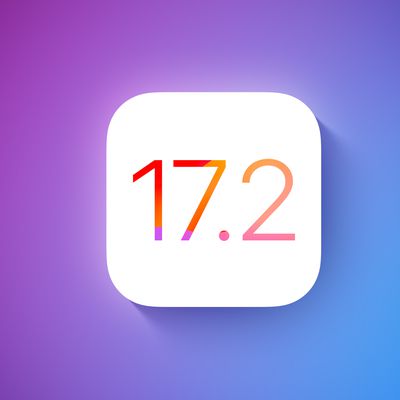
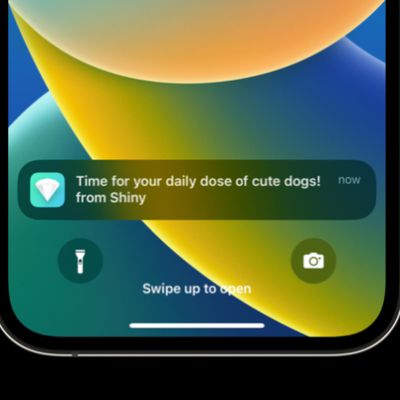

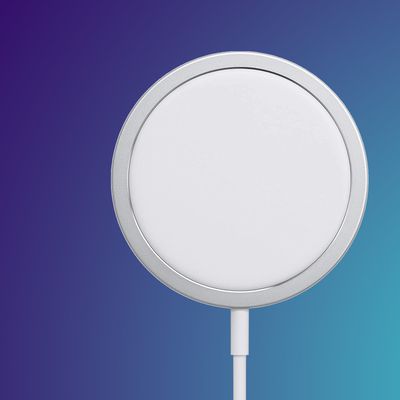
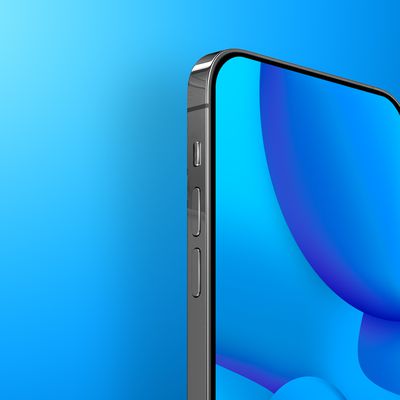
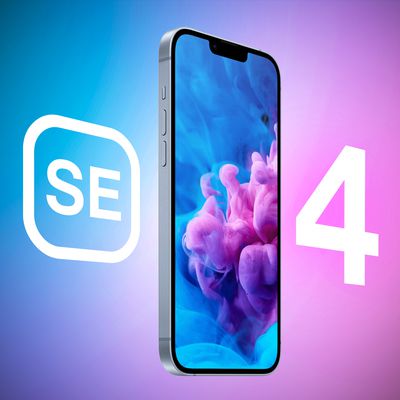
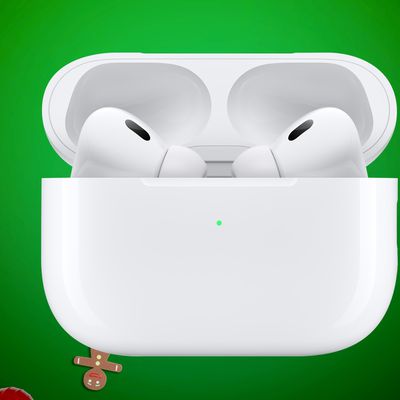
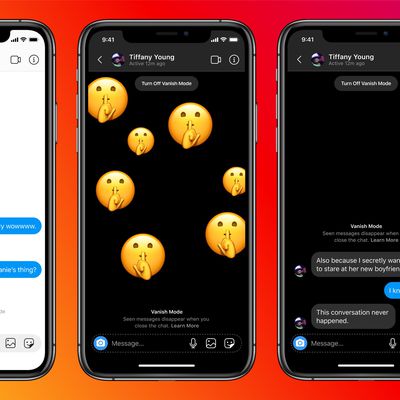


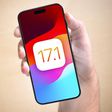
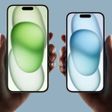
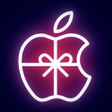


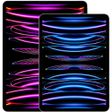

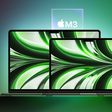
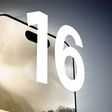
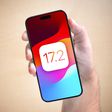

Top Rated Comments
(That goes for all tech companies and all driverless cars as well).
And their cars get better and better.
Not to mention, no one has made a valid argument for what's so great about self-driving cars anyhow. For all the complaining people do about the dangers of humans behind the wheel, I don't see how computers are an improvement. The human brain is still light-years ahead of the most advanced electronic circuits in its ability to comprehend, adjust and integrate the multitude of information received when driving a vehicle (or performing any other complex task). For all its potential shortcomings, I'd trust my life to human judgement than a machine algorithm any day.
So we can't trust humans to drive, but we can trust humans to design algorithms by which computers drive? o_O By your logic, I am better off trusting my life to a few hundred engineers whom I've never met (and who will most likely never face direct responsibility for potential failures of their design) than I am trusting the men and women driving next to me, who have as equal and vested an interest in our mutual safety as I do.
Look, I understand the ideals, and the purported benefits to society are noble goals. Unfortunately, new technology always creates as many problems as it attempts to solve, if not more. Moreover, whether our goals are good or bad, the unerring faith which many of us increasingly put on the shoulders of science and engineering is, in my opinion, very much misplaced.